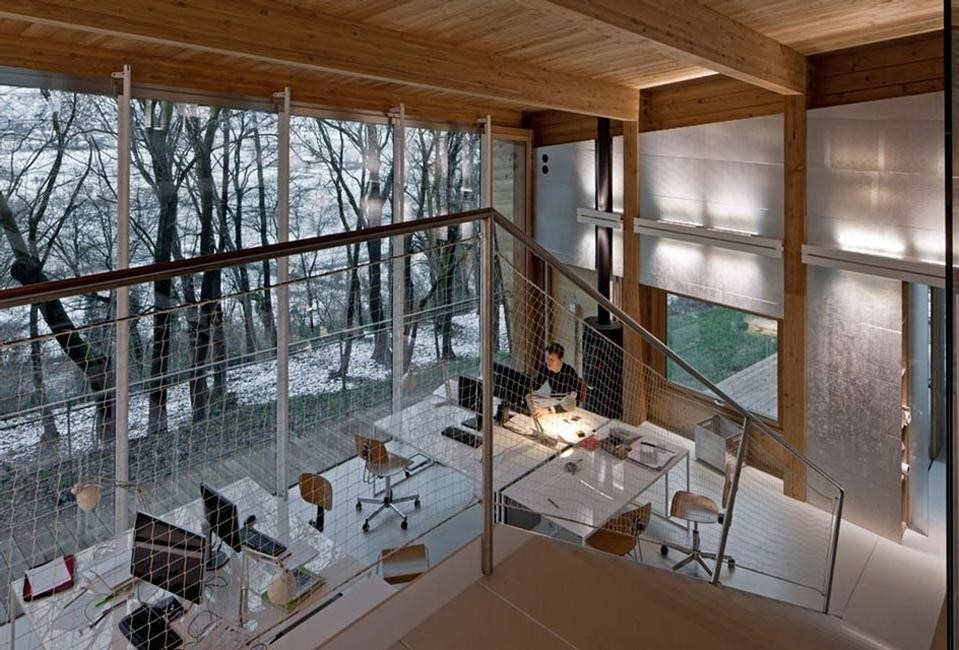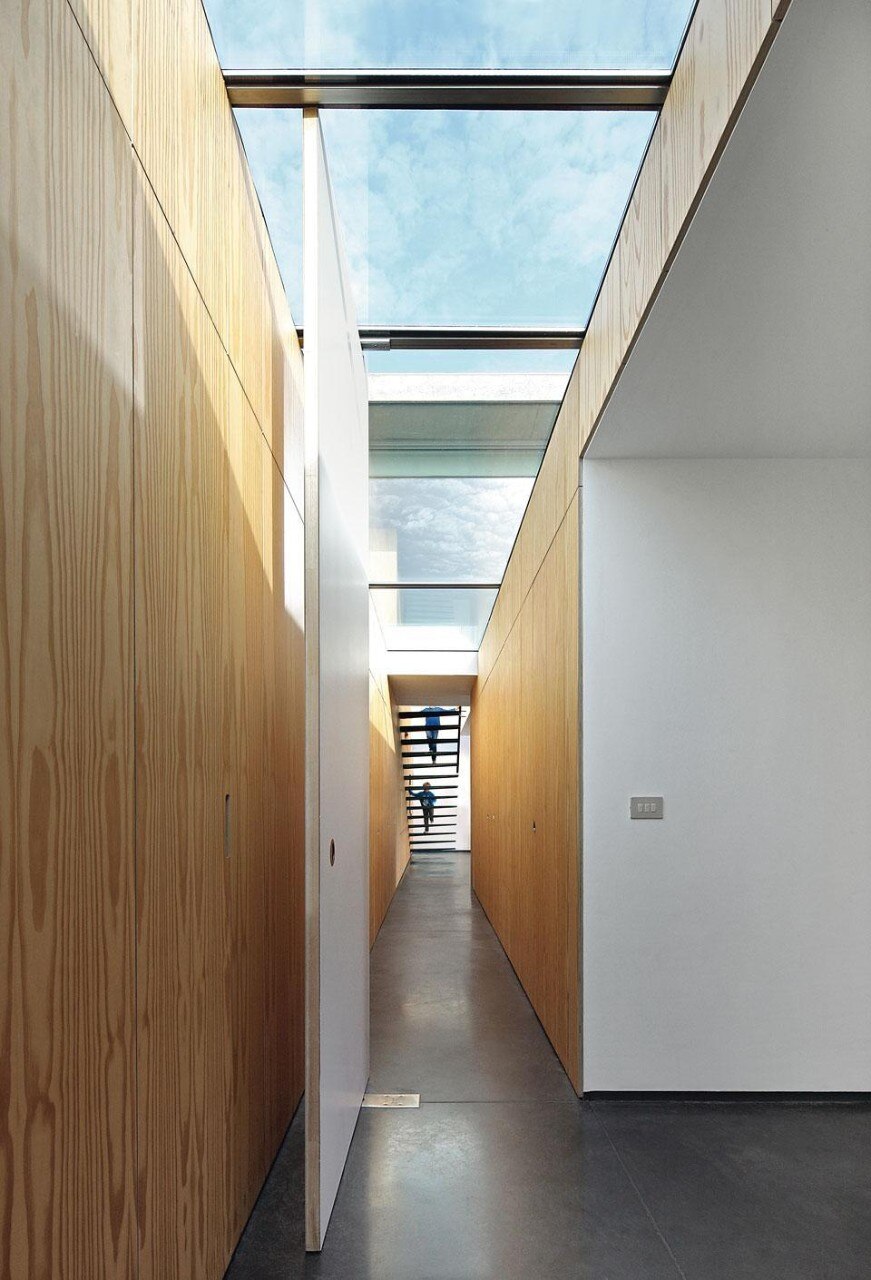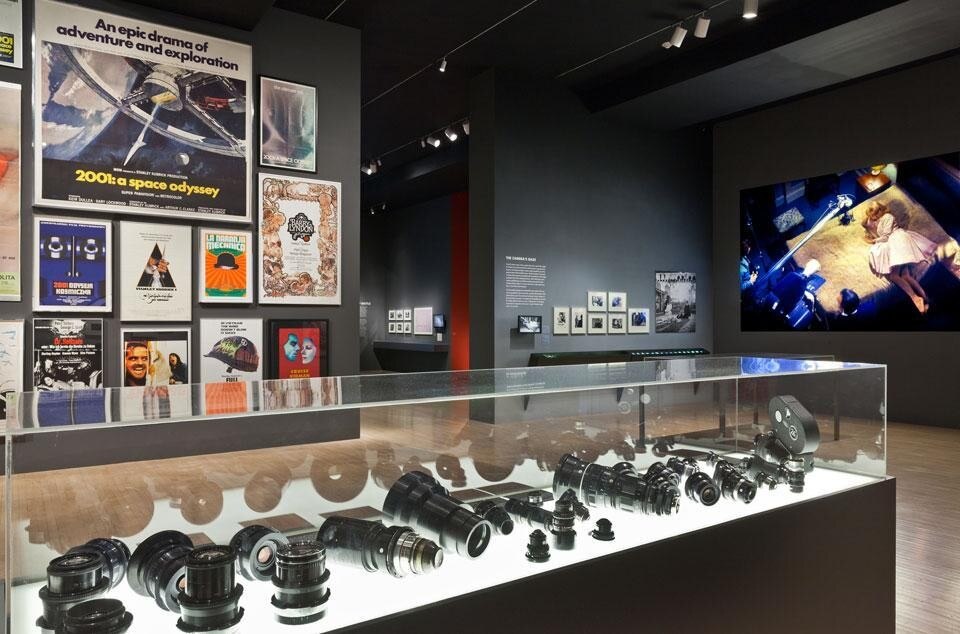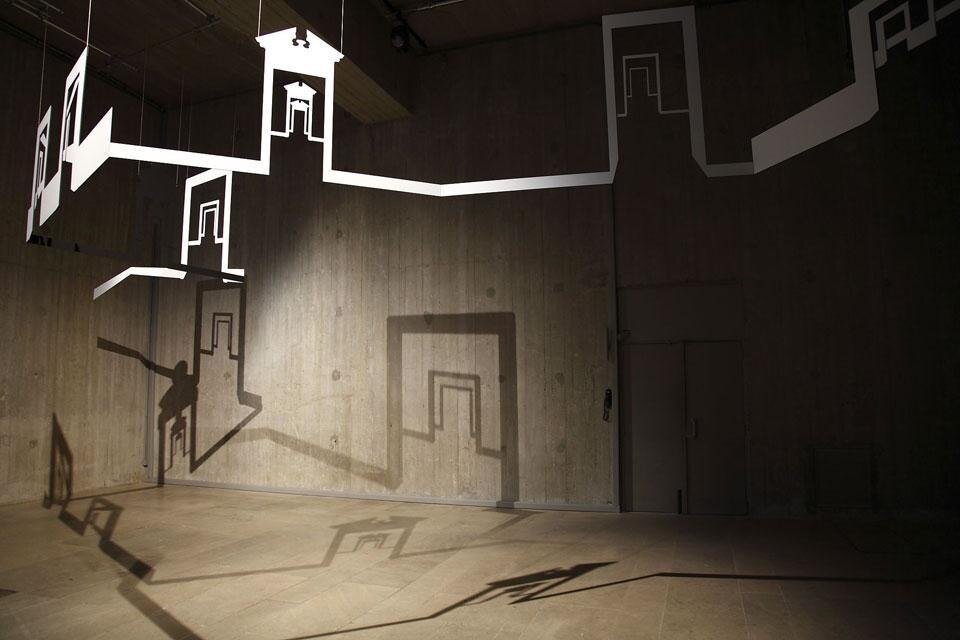In Liège, working with a modest budget, Nicolas Firket Architects designed "a void to be colonised" for a young family, a house that disappears into the hills. In Los Angeles, the LACMA hosts the first retrospective dedicated to the life and work of Stanley Kubrick, and in the Louvre, Lebanese artist Walid Raad designs continuum of semi-abstract relationships, a splendid line in a Minimalist design of disarming beauty.
Cadaval & Solà-Morales: X house
A news report from Barcelona
Eduardo Cadaval and Clara Solà-Morales determined a unique form for the house as the result of a research process that sought to solve a series of formal and conceptual issues. By defining an X-shaped volume, the architects seek to address how to protect and give protagonism to an impressive pine, that is located on the top of the site, and that makes access and approximation to the house extremely complex from the street; how to avoid deciding between the views to the sea and those to the mountains, and allow both visions in opposite directions; how to neutralize through form the presence of the contiguous constructions, to build up a fake isolation that denies the neighbours; how to double the main views, permitting quality frontal views from the front and the rear of the house; and finally, how to resolve so many a priories with a simple movement that answers to all of the previous aims without prioritizing nor explicitly formulating a response to any of them.
[Read the full article]

An architecture report from Costabissara by Laura Bossi
The return to zero doesn't stop there; it is the project's true mainstay. The zero-energy building already complies with the EU directive that mandates that by 2020 all new public buildings must be zero-energy; completely powered by "local energy," it uses wood combustion and solar and geothermal energy. Furthermore, the surplus energy produced by the photovoltaic panels can be sold back to the grid for about €100 per month, which lets the owners/designers recoup part of the costs of the PV system in the winter. The building, designed in collaboration with the Department of Physics at the University of Padua, will be monitored to track its energy and thermal performance.
[Read the full article]

An architecture report from Liège by Femke Bijlsma
On arrival one is immediately challenged to disregard one's preconceptions as to what a house should look like. Because there is no house. An open field containing a platform launches ones gaze into the distance. It might only take a fraction of a second before one realises the platform is actually the roof of the house, but this brief moment is enough to tap into a different frame of mind. And this other consciousness, away from everyday life, continues to be stimulated by a less obvious, new, more graphic and abstract reality.
[Read the full article]

An art report from Los Angeles by Katya Tylevich
Stanley Kubrick breaks with strict chronology and instead creates clusters of visual and informative "microclimates" within the exhibition hall — a different weather for each film discussed, as it were, with meaningful asides to present Kubrick's work as a photographer for Look magazine in the 40s and his research for two unrealised films, referred to as Napoleon and Aryan Papers. In doing so, the retrospective conveys quite well the "bodily" experience of immersing oneself in a world or point of view through film. At the same time, it provides a necessary cerebral lifejacket: just enough background text, comparison, and thematic cohesion to buoy the viewer from drowning in the various dramas on display.
[Read the full article]

An art report from Paris by Ivo Bonacorsi
The hordes of tourists rushing to the Egyptian section do not even notice this continuum of semi-abstract relationships — a splendid line in which the contours of the museum's spaces and a video showing objects and texts interact in a Minimalist design of disarming beauty. This space is based on and stems from the Lebanese artist's focus on the theories of writer and filmmaker Jalal Toufic. The impact of the disasters and succession of calamities spawned by the constant wars, especially those causing bloodshed in the Arab world, extends to the whole world. Art and its objects end up being changed far more than just materially and psychologically. There are no captivating images, but a sense of disintegration, in a video showing hybrid exhibits of great museum value that blur into one another.
[Read the full article]


